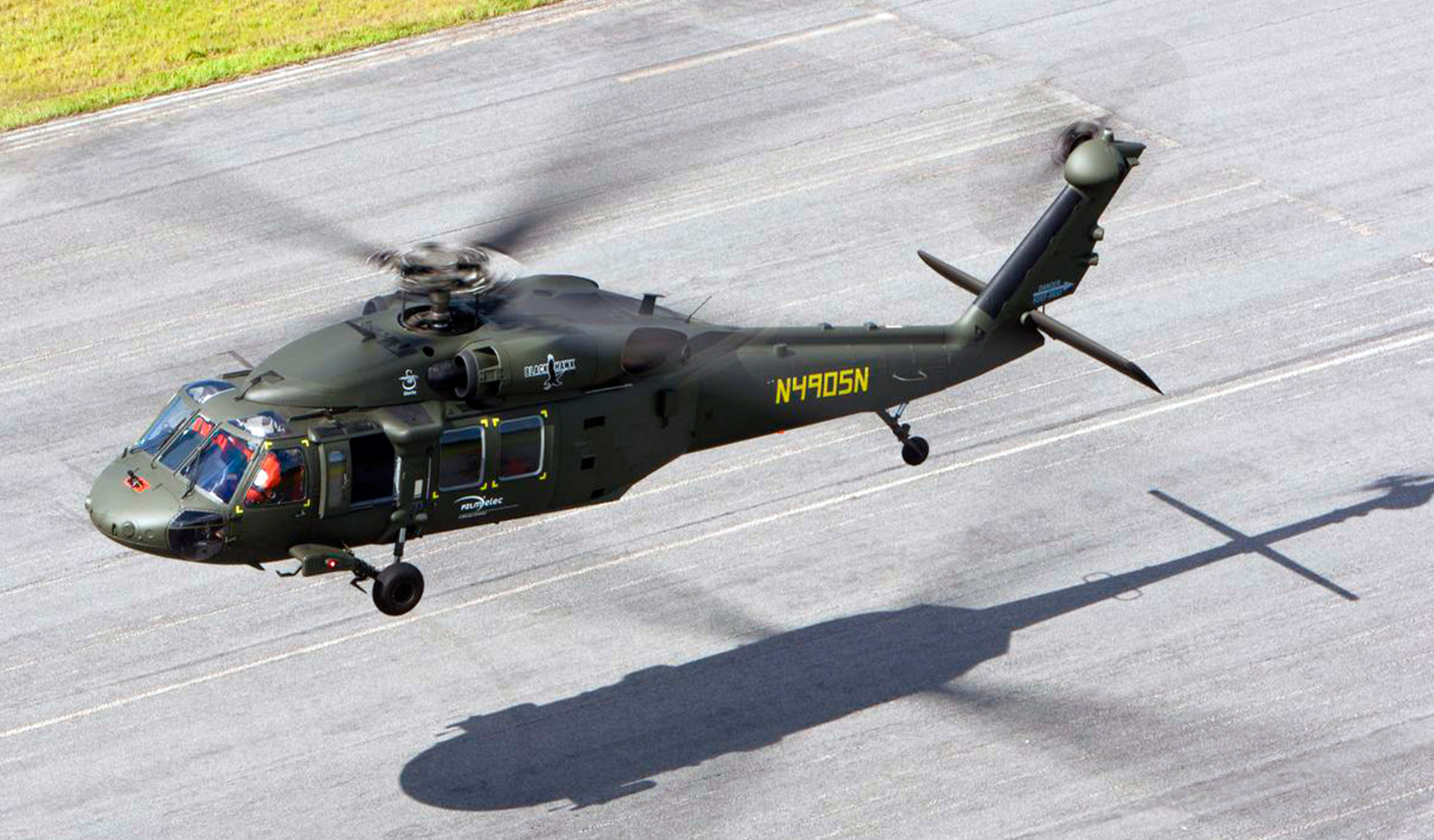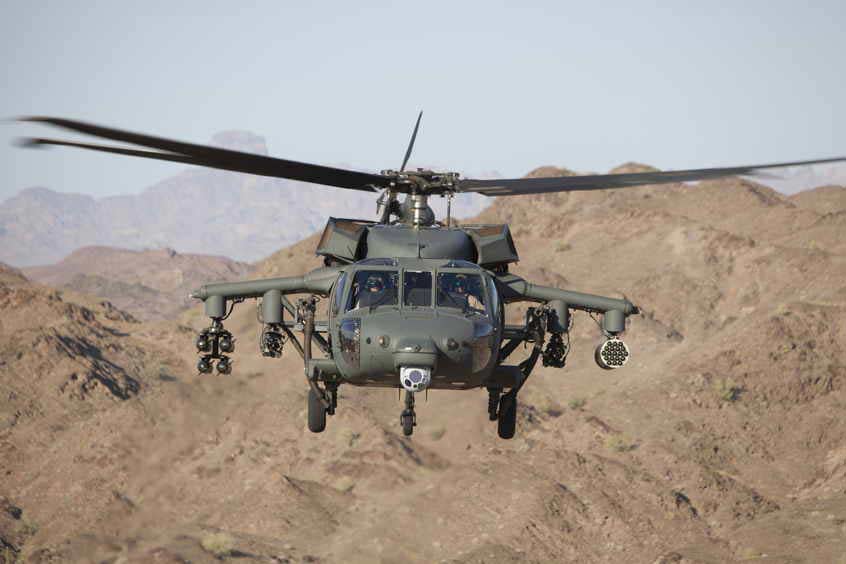Sikorsky S 70: Enhancing Helicopter Efficiency and Versatility
High-Performance Multi-Role Rotorcraft Featuring Advanced Cabin Technologies and Integrated Sensing Unit Solutions
The realm of rotorcraft technology has actually seen significant improvements in current times, especially in the realm of high-performance multi-role rotorcraft geared up with cutting-edge cabin technologies and effortlessly incorporated sensor systems. These innovations have not only increased the operational capabilities of rotorcraft but have also dramatically influenced modern air travel operations on various fronts. From enhanced goal adaptability to enhanced functional effectiveness, the convergence of sophisticated cockpit innovations and integrated sensor systems has ushered in a brand-new period of possibilities for rotorcraft applications. In the following conversation, we will certainly check out the evolution of rotorcraft modern technology, dig into the world of advanced cockpit innovations, and examine the implications of incorporated sensing unit systems on the operational convenience and efficiency of contemporary rotorcraft.
Evolution of Rotorcraft Technology
The evolution of rotorcraft modern technology has been noted by considerable advancements in the rules of aerodynamics, materials, and propulsion systems, forming the abilities and performance of modern rotorcraft. Additionally, developments in propulsion systems, including much more powerful engines and innovative propulsion innovations, have enabled rotorcraft to accomplish higher altitudes, faster rates, and greater hauls.
These developments have not just transformed the capacities of rotorcraft however have actually also broadened their applications throughout various markets, including armed forces, business, and emergency situation services. The constant evolution of rotorcraft innovation remains to drive innovation in the field, pressing the limits of what is possible and forming the future of vertical trip.
Advanced Cockpit Innovations
Structure upon the foundational improvements in aerodynamics, materials, and propulsion systems, the world of rotorcraft technology currently changes focus towards introducing Advanced Cockpit Innovations. The assimilation of innovative modern technologies within the cabin setting plays an important duty in boosting the operational abilities, safety and security, and performance of contemporary rotorcraft. sikorsky s 70. Advanced Cabin Innovations incorporate a broad selection of features developed to provide pilots with boosted situational understanding, structured information management, and user-friendly control user interfaces
One of the crucial developments in cabin style is the implementation of glass cockpits, which replace conventional analog assesses with high-resolution screens. These digital systems use customizable designs, real-time information assimilation, and enhanced readability, allowing pilots to gain access to critical details at a glimpse. Moreover, progressed avionics systems, such as fly-by-wire controls and increased truth displays, are reinventing just how pilots connect with the aircraft, permitting exact control and improved decision-making capacities.


Incorporating advanced cabin advancements not only improves pilot efficiency but also contributes to total goal performance and safety in complex functional settings. By leveraging modern modern technologies within the cockpit, rotorcraft producers are establishing new criteria for operational quality and mission success.
Integrated Sensing Unit Systems
With the evolution of rotorcraft modern technology, the integration of advanced Integrated Sensing unit Equipment has actually ended up being vital in improving functional efficiency and safety. These Integrated Sensing unit Equipments encompass a large variety of innovations that offer vital data for numerous features such as navigating, monitoring, targeting, and environmental tracking. By seamlessly integrating sensors like radars, video cameras, lidar, and infrared systems right into rotorcraft, operators can benefit from boosted situational understanding, enhanced mission capabilities, and decreased pilot work.
One trick benefit of Integrated Sensor Solutions is their capacity to collect real-time information and offer workable understandings to pilots and mission operators. For instance, progressed radar systems can discover and track targets over fars away, enabling very early threat detection and effective feedback planning. Furthermore, incorporating infrared and electro-optical electronic cameras makes it possible for rotorcraft to perform reconnaissance and monitoring goals with accuracy and precision.
Basically, the combination of advanced sensing unit innovations right into rotorcraft not just boosts functional effectiveness however also adds significantly to overall objective success and crew safety and security. As rotorcraft continue to progress, the duty of Integrated Sensing unit Equipment will undoubtedly stay at the forefront of development in the aerospace industry.
Functional Adaptability and Effectiveness
Enhancing operational versatility and performance in rotorcraft is an all-natural progression from the combination of sophisticated Integrated Sensing unit Solutions. By leveraging the understandings and information offered by these innovative sensor systems, rotorcraft can maximize their efficiency across various objectives and environments.
Functional versatility incorporates the capability of rotorcraft to adapt to various functions and scenarios successfully. With sophisticated cockpit modern technologies and integrated look at this website sensing unit systems, rotorcraft can effortlessly recommended you read transition in between tasks such as search and rescue, clinical evacuation, security, and a lot more. This versatility boosts the rotorcraft's ability to satisfy diverse operational demands without needing comprehensive reconfiguration.
Performance in rotorcraft operations is crucial for optimizing mission efficiency and source utilization. Integrated sensor systems play a crucial role in boosting functional efficiency by supplying real-time information on climate condition, surface mapping, target tracking, and a lot more. This data makes it possible for pilots to make informed decisions swiftly, enhance trip paths, preserve fuel, and boost overall goal productivity.
Influence On Modern Aviation Procedures

Additionally, the assimilation of sophisticated sensing units assists in improved objective preparation and execution, making it possible for rotorcraft to do a vast array of tasks with enhanced accuracy. From search and rescue operations to airborne firefighting and police missions, the capabilities of modern-day rotorcraft geared up with innovative cabin technologies and incorporated sensing unit systems are unequaled.
Moreover, the impact of these improvements prolongs beyond operational performance to cost-effectiveness and sustainability. By maximizing trip courses, fuel intake, and maintenance schedules, high-performance rotorcraft furnished with innovative cockpit modern technologies and sensors add to decreasing functional expenses and ecological influence, making them important assets in contemporary aviation operations.
Final Thought
Finally, the high-performance multi-role rotorcraft with sophisticated cabin technologies and incorporated sensor systems represents a substantial development in aviation modern technology. These developments boost functional versatility and effectiveness, inevitably impacting modern-day air travel procedures in a favorable way. The combination of these innovative technologies permits boosted capacities and efficiency in different mission situations, showcasing the continued advancement of rotorcraft technology in the visit the site aeronautics sector.
The realm of rotorcraft modern technology has actually seen remarkable innovations in current times, specifically in the realm of high-performance multi-role rotorcraft furnished with cutting-edge cabin modern technologies and flawlessly incorporated sensing unit systems. From improved mission versatility to improved functional performance, the convergence of advanced cabin modern technologies and integrated sensor systems has actually ushered in a brand-new era of possibilities for rotorcraft applications. In the following conversation, we will certainly explore the evolution of rotorcraft technology, dive into the world of innovative cabin advancements, and analyze the implications of incorporated sensing unit systems on the operational versatility and performance of contemporary rotorcraft.
